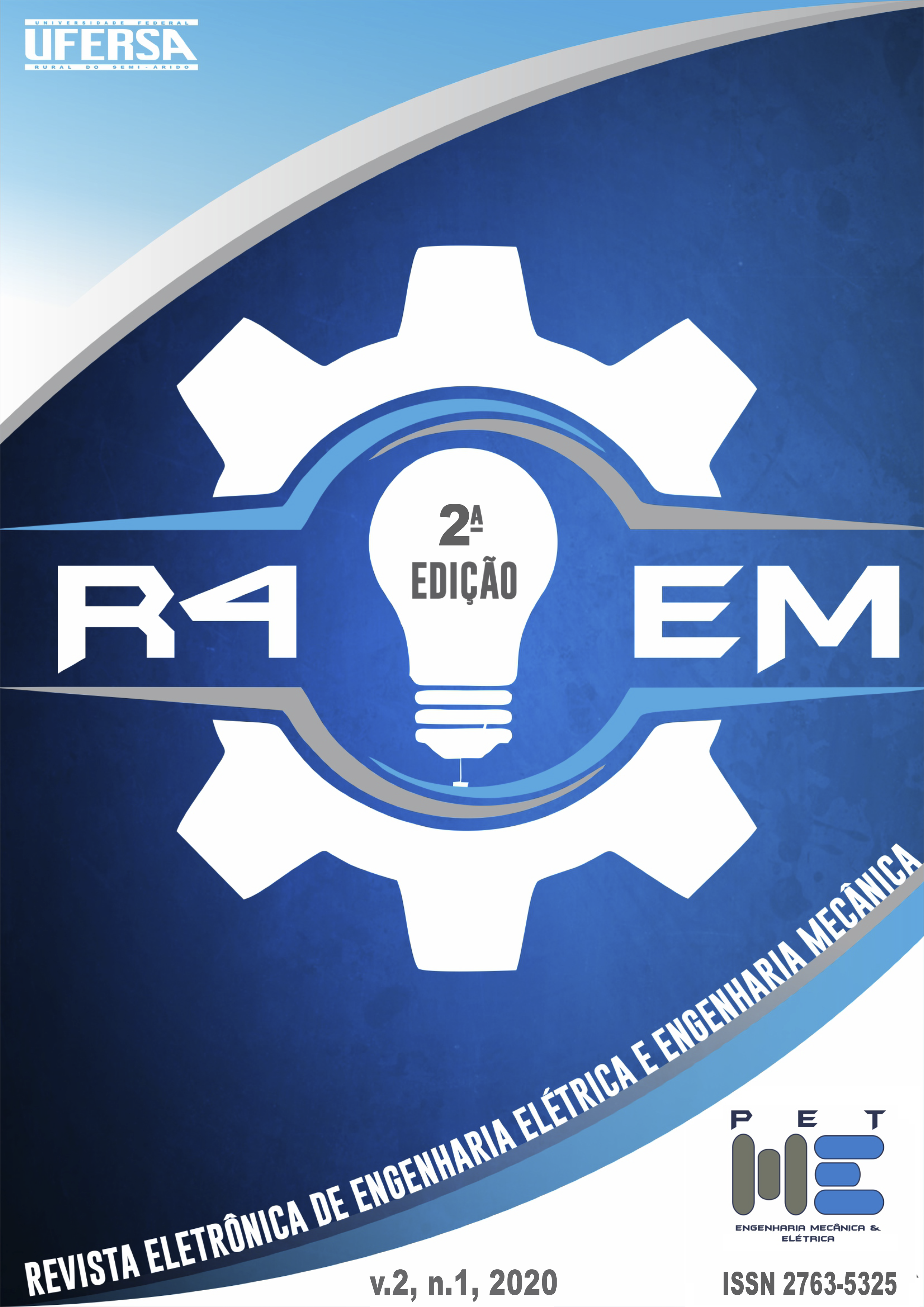ENERGY DIAGNOSIS IN A METALLURGY SEGMENT COMPANY
DOI:
https://doi.org/10.21708/issn27635325.v2n1.a9542.2020Abstract
This article presents the results of the energy diagnosis carried out in a company in the segment of metallurgy and commercialization of metals with personalized cuts. This diagnosis has the main objective of evaluating the conditions of electrical installations, equipment, general infrastructure, lighting and air conditioning systems, in addition to the behavior and awareness of employees regarding the efficient use of energy. The survey of the data was carried out through a technical visit and application of questionnaires with the company's employees, which helped to understand the ‘culture’ of electricity use, as well as the policies, existing or not, of consumption adopted by the company. Another aspect of the questionnaire aims to obtain data on the equipment used that makes it possible to technically evaluate them. Along with the application of the questionnaire, a visual analysis of the equipment and electrical installations was also carried out, making the written record, in order to provide a better basis for the diagnosis. The results showed that the company's lighting system is undersized, according to the measurements made with the lux meter and that most of the lamps used are fluorescent, which are less efficient when compared to LED lamps. In this sense, there is a concern of the company, since in some environments the lamps have already been replaced by others with this technology. With regard to air conditioning, there are some oversized environments, so that the company could obtain savings if it used the appropriate air conditioning unit. As for awareness, it was found that there is a need to systematize and formalize the actions to obtain the benefits with the implementation of energy conservation actions, the implementation of a CICE is suggested.





